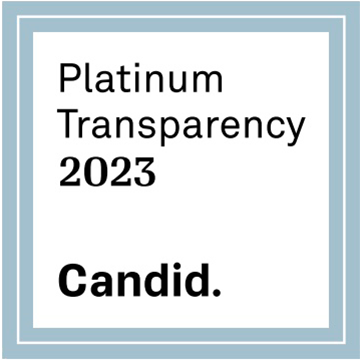Water Conservation Ordinances
To advance the pace of replacement of old, inefficient plumbing fixtures to conserve water, communities may adopt a requirement that upon sale and transfer of title of an existing building, all plumbing fixtures must be brought up to current code requirements. This can save a significant amount of water, particularly from toilet replacements, which tend to be the largest indoor water use.
Though not practiced currently in Arizona, this requirement is the norm in California where state legislation (effective January 2014) requires installation of water conserving fixtures by the property owner at resale and renovation of homes built prior to 1994. The U.S. Energy Policy Act of 1992 required manufacture of more water efficient plumbing fixtures from January 1994 onward.
The California requirement applies to single family residential, multifamily residential, and commercial property. For renovated properties, replacement is a condition of issuance of a certificate of final completion and occupancy or final permit approval. The requirement became effective January 1, 2017, applying to sale of property first, then to renovated property. A physical inspection is required to verify that the replacement has occurred and then a certificate is issued. Certain exemptions are allowed. DeKalb County Georgia, which includes most of Atlanta, has a toilet replacement requirement on resale of pre-1994 homes. While Arizona communities have not embraced a similar requirement, the Arizona Department of Water Resources lists Retrofit on Resale as a best management practice in its summary of municipal water conservation programs in Arizona.
Retrofit on resale programs may be opposed by the real estate industry because of the cost imposed and perceived impact on sales, though many communities offer plumbing retrofit programs that offset replacement costs, and the costs of fixtures is modest.
Case Study: San Diego Water-Conserving Plumbing Regulations
The City of San Diego enacted retrofit on resale requirements in 1997, well before passage of the California legislation. Their motivation was to reduce sewer flows and decrease the use of imported water supplies. Initially the mandate was opposed as it was implemented during a housing market recession, and the local real estate industry was concerned the requirement would make things worse. However, the retrofit costs, particularly with incentive programs, are very low – just a few hundred dollars. Having a utility plumbing fixture rebate available to offset retrofit fees and community support for conservation are important elements to receiving support from the real estate industry.
It is estimated that the San Diego ordinance has resulted in 328,000 retrofits of older toilets and urinals, resulting in savings of 10.27 million gallons of water per day.
The ordinance requires retrofit of toilets, showerheads, faucets, urinals, and reverse osmosis systems upon sale of any existing structure. Existing structures are defined as those with toilets, urinals, showerheads, and faucets with specific, high volume flows (e.g. 3.5 gallon per flush toilets), and residential reverse osmosis systems that do not have a shut-off valve. Before a change of ownership, the seller must replace any inefficient fixtures with water-conserving ones, which are defined in the code and are the federal standard (e.g. 1.6 gallon per flush toilets), and ensure that any residential reverse osmosis system has a shutoff valve. The buyer and seller may agree to transfer this responsibility, or to include compliance as a condition of escrow and pay for the retrofit from the proceeds of the sale of the building. There are some exceptions to the retrofit requirement such as foreclosure or bankruptcy, historic designation where a suitable replacement is not available, or where unique drainage systems require a higher flush volume. Retrofit is also required when bathrooms are renovated without sale of the building.
Permits are not required for retrofit of fixtures for a single dwelling unit or for a multi-dwelling unit with 8 or fewer units. Instead, prior to ownership change, the seller, if responsible, is required to sign a Water Conservation Certificate certifying that the retrofit has occurred or is exempt. It is then forwarded to the buyer for review and signature, filed with the building official, and then filed with the escrow agent before close of escrow. If the buyer is responsible for the retrofit, the procedure is similar, requiring certification that the responsibility has been transferred. If a Certificate has already been filed by a previous owner of the structure, a new Certificate is not required.
San Diego currently offers financial assistance in the form of a toilet rebate for commercial, industrial, and institutional properties. This helps offset the cost of the retrofit. All necessary forms are found on the City’s website, including the ability for the public to search to determine whether a property already has a Water Conservation Certificate.
Model Ordinance And Code
San Diego Municipal Code Plumbing and Mechanical Regulations, Chapter 14, Article 7, Division 4
Contact
City of San Diego Water Conservation
Website: https://www.sandiego.gov/water/conservation
Email: water@sandiego.gov
Phone: 619.533.7485
Additional Resources
- California Senate Bill No. 407 pertaining to property transfers and plumbing fixtures replacement is illustrative. The legislation can be viewed here.
- Texas Water Development Board Best Management Practices for toilet replacement programs including retrofit ordinance is also a resource.



